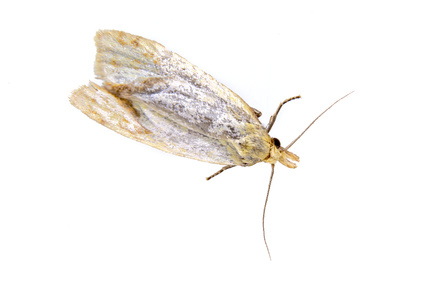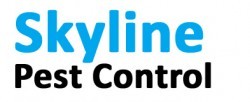
The Clothing Moth (Tineola bisselliella)
The clothing moth is a species of Moths from the Tineidae moth family. The caterpillar (larva) of this moth is recognized as a serious pest. It can derive nourishment not only from clothing – in particular wool – and also, like most moth caterpillars, from many other sources.
How do you know if you have them?
The clothes moth is a significant pest, the larvae feeding on a wide variety of material of animal origin such woollens, angora, cashmere and furs. Damage from larval feeding can be severe and the larvae are often difficult detect as they shun the light. Outdoors, adults are on the wing from May to September. Indoors, adults are found all year round.
In domestic properties obvious signs of infestation are damage to clothes and carpets especially around the edges.
How do we control them?
Our treatment programme for moths consists of three visits. Our technician will initially talk through the problems you are experiencing and explain what our initial treatment entails. He will then carry out a thorough inspection of your premises prior to any treatment and assess the level and extent of the infestation.
Treatments consist of tracing the source of infestation, removing and destroying any infested materials and then applying a residual insecticide to infested areas. Additionally, we would also treat with an ultra-low volume application of insecticide.
Whilst there is no difficulty in controlling these moths, it is essential that a thorough treatment be carried out and that every possible larva development site is treated. They may be found in association with birds’ and mammals’ nests, therefore these possibilities should be checked when tracing the source of the infestation.
Please note that before any treatment commences the property has to be prepared for treatment and full instructions are giving at the time of booking.
The follow up
Our follow up visits are carried out at weekly intervals after the initial treatment and are exactly the same as the first visit.
